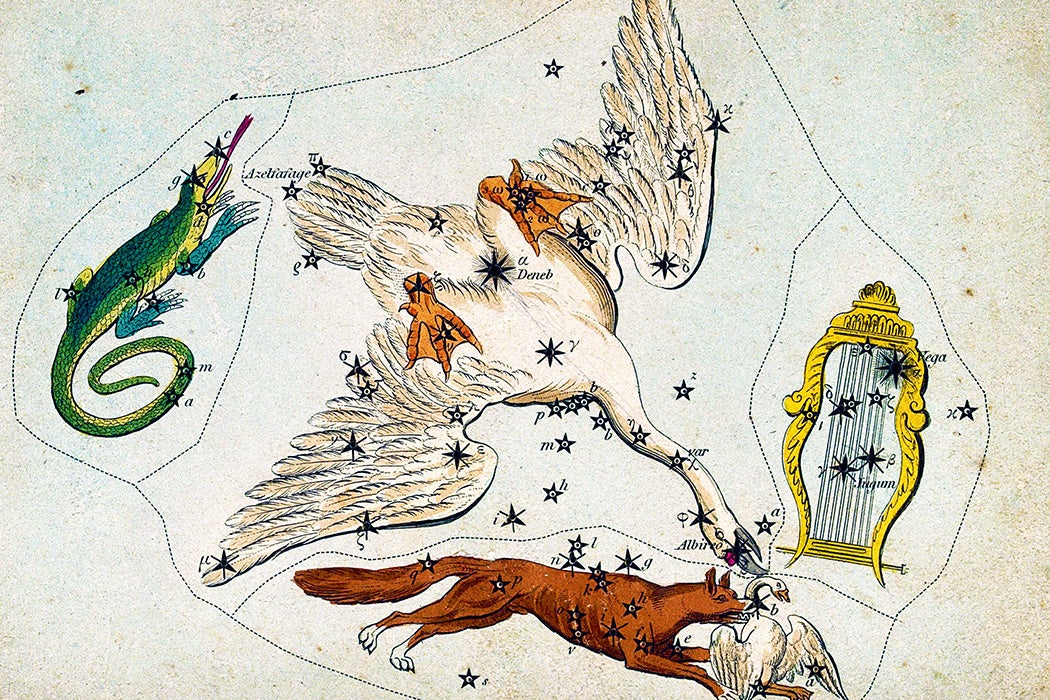As we learned in the last Learning to Look article, metadata serves as a bridge between humans conducting searches and visual content found in online database resources. Searching with metadata in mind allows users to leverage extrinsic information about image files, making it easier to locate specific images, filter search results, and improve a search’s relevance and precision. Understanding precisely what metadata are associated with images allows us find images that best align with our needs through a keyword search.
But what if your image needs are less precise? What if you’re looking for images within certain parameters but you can’t find the right keywords to deliver satisfying search results? Or perhaps you want only to explore images for inspiration, and chance encounters are your primary goal?
Weekly Newsletter
Metadata also provides a useful foundation for less focused browsing or for those times when you may not know exactly what type of image you’re looking for. Browsing takes advantage of metadata that repeats across all images in a database and groups the images into categories.
Begin to Browse
The best approach to browsing is to remember that images are always part of bigger groups of objects that have shared features, whether that’s similar metadata or being part of organized collections. To get the most out of browsing an online image resource, it can be helpful to think of the process as similar to wandering a museum: rather than making a bee-line for a specific work of art, you’re more likely going to explore galleries organized by geography, period, material, or even color.
While the process of browsing is creative, iterative, and difficult to replicate, a few strategies, including leveraging existing collections, using filters instead of keyword searches, and exploring the image recommendation tools built into many databases, can start you on the right track.
Dive into Collections
One of the easiest ways to stop searching and start browsing is to explore images by collection. On a basic level, collections are just groups of images that were, at some point, assembled by humans. Two kinds of collections are commonly found in online image resources:
- Institutional collections. Digital image libraries such as those shared by the Library of Congress and JSTOR allow users to browse collections based on the contributing institution. Most archives and museums collect material within certain parameters and organize them into smaller collections based on the donor or subject matter. Finding and browsing collections that align with your needs or simply pique your interest, like this collection of citrus crate labels from Azusa Pacific University, will inevitably lead to new, surprising discoveries.
- Curated collections. Many platforms offer thematic collections, such as Europeana’s Collections and Google Arts and Culture’s Themes. Think of these as an online version of a museum exhibition: someone has curated a selection of images that relate to a specific subject, using a filter of human understanding in addition to metadata to collect items related to it. Wherever you’re looking to browse images, look for a tab or button that says “Explore,” “Themes,” or “Collections.”
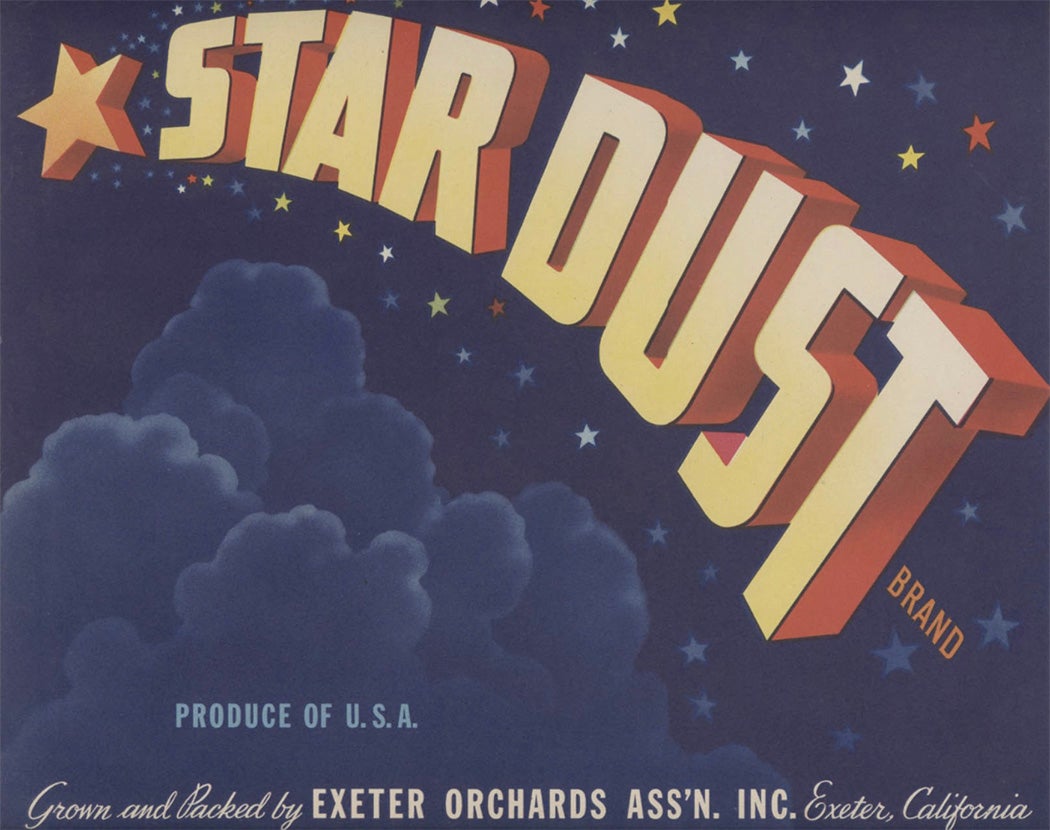
Skip the Search and Try the Filters
Filters may be a familiar tool for narrowing down a keyword search but consider skipping a search all together and starting with filters. Most platforms don’t make this option obvious, but there are a few ways to reveal filters without a text search.
Try clicking the search button without typing in any search terms—on sites like Getty Images and Flickr, this brings up a menu of filters ranging from date and color to content and license type. Most platforms will let you search a wildcard, often an asterisk (*), to generate a list of all items in the database with the option to add filters later. On JSTOR Images, you can start a filter-only search by selecting an initial filter such as classification or geography.
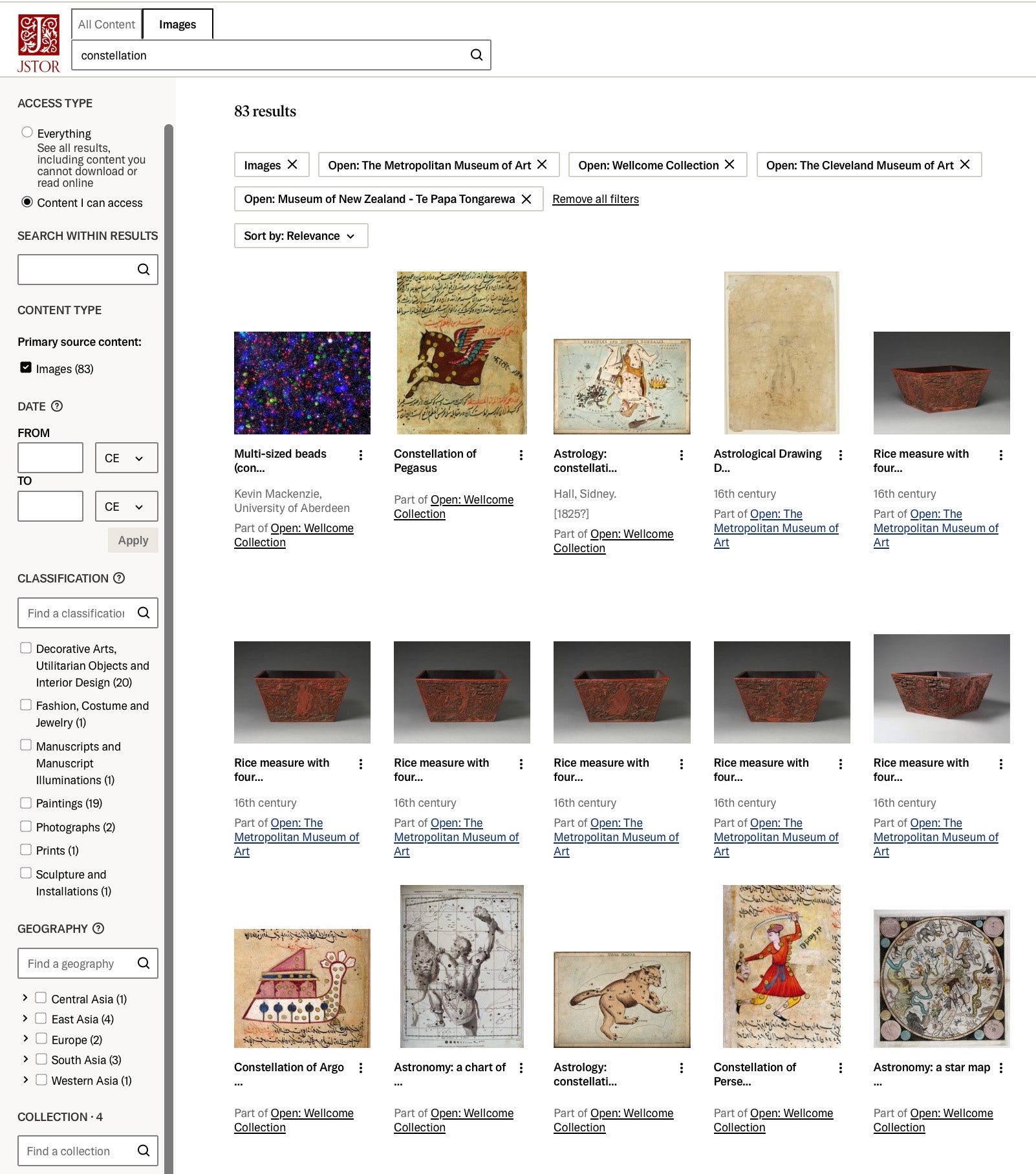
What is an Image Search Filter?
In a JSTOR image search, as well as most other image databases, the filters are categories that appear to the left of the results. If you’ve read the previous Learning to Look column, many of the categories will be familiar: they’re metadata fields such as Paintings, photographs, and Prints, which can be used to sort an entire image library into related groups. This provides an opportunity to define overlapping categories to narrow the results, like pairing a classification or location filter with a color or date filter. This is a great way to explore a large image library, whether these filters align with your image need or they just connect you with unexpected and thought-provoking image combinations.
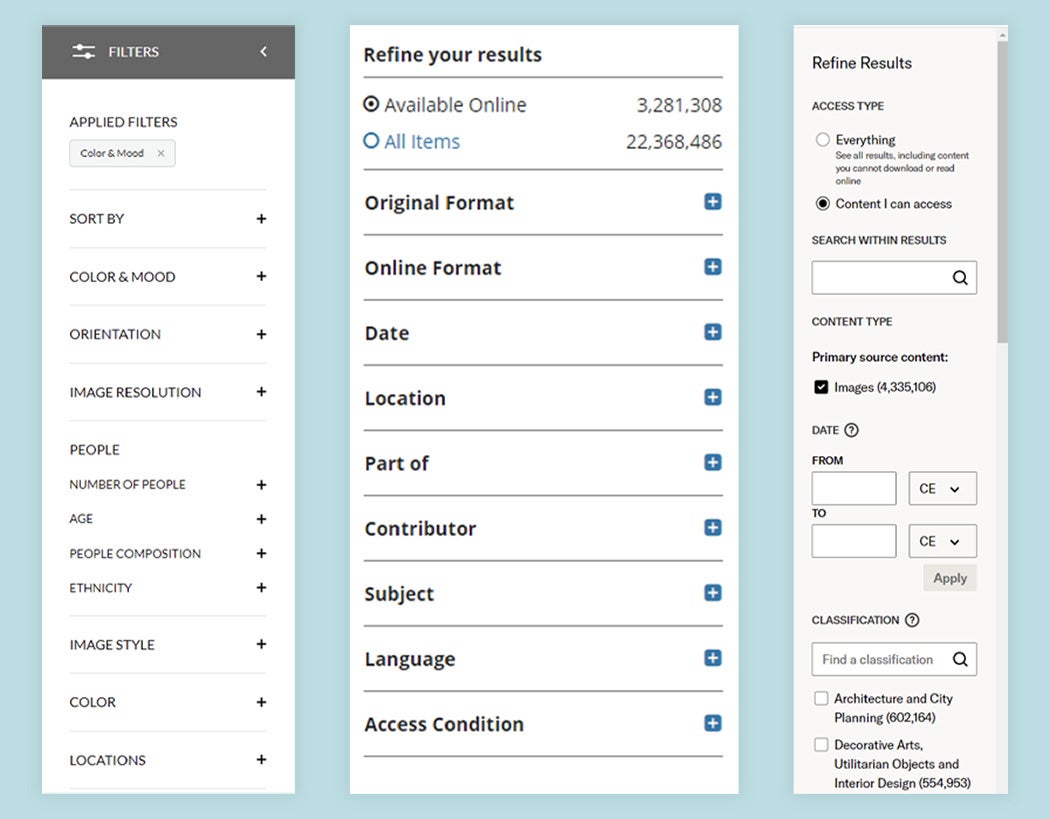
Explore Recommended Images
After browsing by collection or using filters to explore an entire image library, many image resources online will recommend items related to ones you’ve recently selected. The Library of Congress, for example, lists “More items like this” and “Images you may also like” below each selected image. Openverse and JSTOR Images provide the same opportunity to browse in a “Related” section following an image and its metadata.
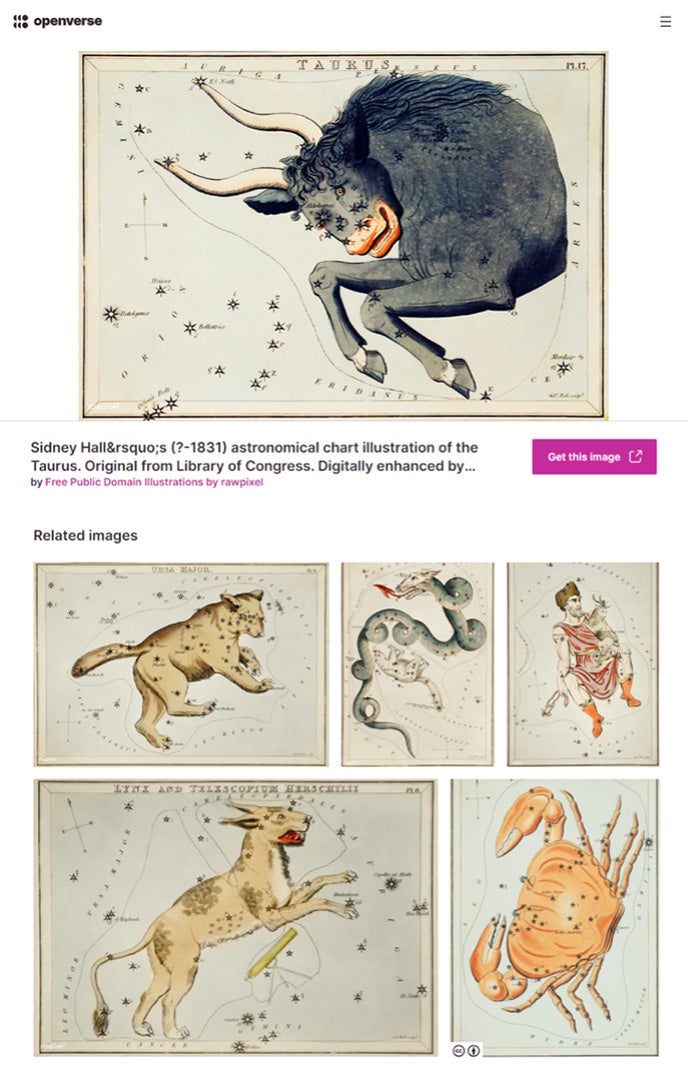
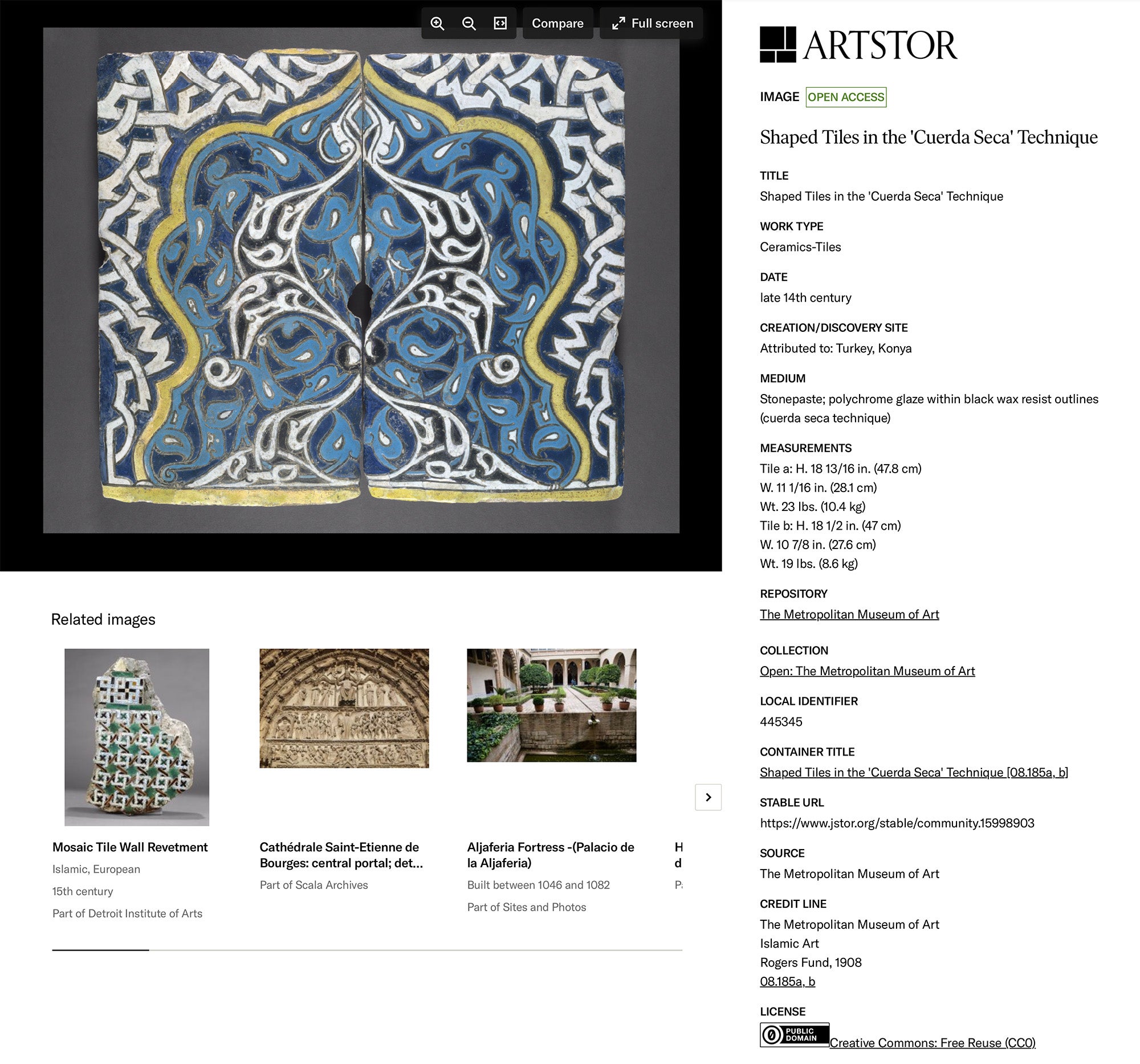
Browsing allows for serendipitous discoveries and inspiration by leveraging shared features and organized collections within image databases. Strategies such as diving into collections, utilizing filters instead of keyword searches, and exploring recommended images can enhance the image-seeking experience, opening up new possibilities and unexpected connections. By embracing the creative and iterative nature of browsing, you can unlock the full potential of online image resources and embark on a visual journey of exploration and inspiration.
Explore past articles in the Learning to Look archive and discover other JSTOR Daily articles that highlight JSTOR Collections.
Editor’s Note: This story was updated to fix a broken link.
Support JSTOR Daily! Join our new membership program on Patreon today.
